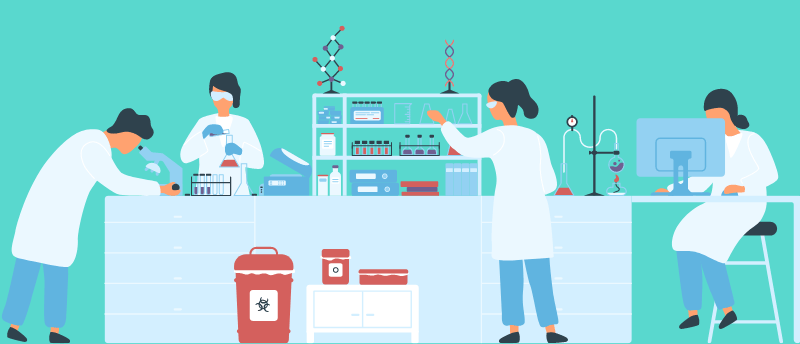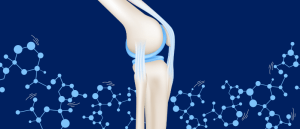The chemistry of coupling: novel reagent simplifies synthetic biomolecule modifications

A straightforward and reproducible synthesis pathway for a diverse range of ATP- and ADP-coupled biomolecules has been developed by modifying an established reagent.
Researchers at the Institute for Glyco-core Research (iGCORE), Gifu University (Japan) have recently produced a simplified coupling reaction that can be used to modify a diverse range of biomolecules with key nucleotides. This was achieved through the modification of an established reagent to prevent unwanted reactions with water molecules, allowing for a more straightforward synthesis route. It is hoped that the development of a more reproducible synthetic approach to producing these nucleotide-coupled biomolecules will facilitate research into the role of these modifications.
While most well-known as the energy storage molecule, the nucleotide adenosine triphosphate (ATP) – along with its singly dephosphorylated form, adenosine diphosphate (ADP) – acts as a modifying group on both proteins and nucleic acids. For instance, ADP-ribosylation is an important enzyme-mediated post-translational modification required for the functionalization of certain proteins, while aberrant ADP-ribosylation has been implicated in certain cancers. mRNA also contains an ATP moiety in its m7Gp3A 5’-cap, a feature involved in the resistance to enzymatic degradation and the initiation of gene translation.
 The regenerative effects of ‘dancing molecules’ on cartilage
The regenerative effects of ‘dancing molecules’ on cartilage
A ‘dancing molecule’ therapy, which was previously used to reverse paralysis after spinal cord injury, has now been applied to damaged human cartilage cells, demonstrating its regenerative effect.
The artificial synthesis of ATP- and ADP-coupled molecules is key to facilitating research into the diverse functions of these modifications. However, up until recently, researchers have relied on chemical synthesis pathways with poor yield and reproducibility. Intermediates and reagents in these reactions are vulnerable to reacting with water molecules. Current strategies involve the addition of protecting groups to block interaction with water that then need to be subsequently removed or require drying conditions, which are difficult to create and maintain.
2-(N-imidazoyl)-1,3-dimethylimida-zolinium chloride (ImIm-Cl) is used in conventional protecting group-free synthesis for the formation of a pyrophosphate bond between two phosphate groups. Researchers sought to modify this reagent to prevent its interaction with water, allowing for protecting group-free synthesis in the presence of water molecules. This was achieved via the introduction of a methyl group to ImIm-Cl to produce 2-MeImIm-Cl, a hydrophobic alternative that was hydrolyzed to a much lesser extent.
Coupling reactions that employed 2-MeImIm-Cl were shown to produce much higher yields of diverse products: ADP-ribosyl peptides achieved a yield of 65 to 70%, while the m7Gp3A 5’-cap present on mRNA was produced with a 67% yield. As drying conditions are not required for this route of synthesis, this increases reproducibility compared to established protecting-group free approaches.
Researchers aim to apply these findings to produce more complex ATP- and ADP-coupled biomolecules to investigate their role and significance in cell function. “Our ultimate goal is to elucidate their detailed functions [with a] chemical biology approach using synthetic molecules,” concluded Hide-Nori Tanaka, senior author of the paper.